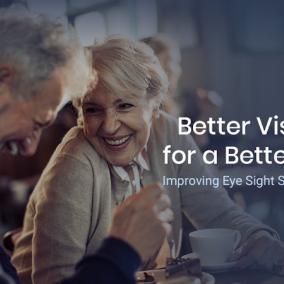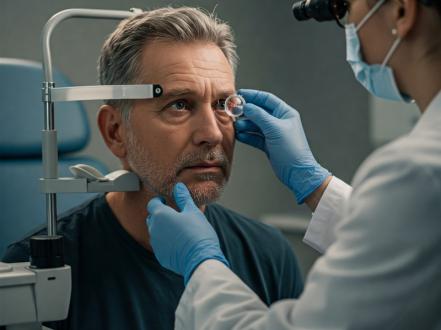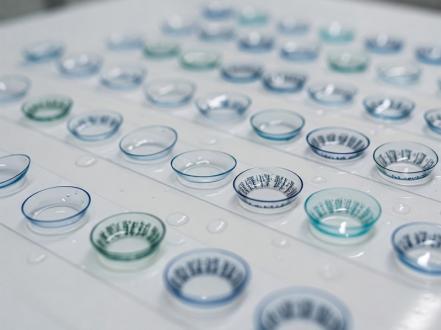Conjunctivitis, commonly known as pink eye, is an inflammation or infection of the transparent membrane (conjunctiva) that lines your eyelid and covers the white part of your eyeball. Essentially, it is an eye condition characterized by the swelling or inflammation of the conjunctiva.
The conjunctiva, which is a thin and transparent layer of tissue, lines your inner eyelids and covers the white part of your eyes. Its purpose is to lubricate your eyes with mucus and tears, but when inflamed, blood vessels become more prominent leading to the telltale red or pinkness associated with conjunctivitis.
This eye condition can occur due to various reasons, from bacterial and viral infections to allergic reactions and exposure to certain chemicals. It can affect one or both eyes and can strike individuals of all age brackets, although it is particularly common in young children.
Symptoms and causes of pink eye
Noticeable symptoms usually include redness, itching, and a gritty feeling in one or both eyes. Other common symptoms may encompass a discharge from one or both eyes that forms a crust overnight, causing one or both eyes to be 'stuck shut' in the morning. You may experience an increased sensitivity to light or notice your eyes are producing more tears than normal.
As aforementioned, conjunctivitis can occur from numerous causes. Viral conjunctivitis, for example, is usually a result of the common viruses that also cause colds. Bacteria such as Staphylococcus or Streptococcus are known to cause bacterial conjunctivitis, which can occur at the same time as an ear infection. Allergic conjunctivitis is commonly triggered by your body's reaction to allergens such as pollen from trees, plants, grasses, or mould. Certain chemicals, like chlorine or ingredients in cosmetics, can cause conjunctivitis as a reaction.
Conjunctivitis, commonly known as pink eye, is an inflammation of the conjunctiva, the thin and transparent layer covering the whites of the eyes and the inner surface of the eyelids. There are several types of conjunctivitis, each with distinct causes and characteristics.
Five main types of conjunctivitis
-
Giant Papillary Conjunctivitis (GPC)
-
Chemical Conjunctivitis
Treatment
So, how is this infection treated? The ideal treatment for conjunctivitis largely depends on what’s causing it. If it's a bacterial infection, antibiotic eye drops or ointment will usually be prescribed. For allergic conjunctivitis, your doctor might recommend an allergy medication, either oral or topical.
Viral conjunctivitis, however, does not respond to antibiotics as it is not caused by bacteria but rather by a virus. In such cases, the infection just needs to run its course which can take anywhere from a few days to two weeks. Over-the-counter eye drops might be recommended to help relieve the symptoms.
It is critical to keep in mind that viral and bacterial conjunctivitis are highly contagious. It’s therefore advisable to avoid touching your eyes and make sure to wash your hands often. Refrain from sharing towels, washcloths, eye makeup, or anything else that may have come into contact with your eyes to prevent further spreading of the infection.
Regardless of the type, there are general measures to alleviate conjunctivitis symptoms:
- Warm compresses: applying warm compresses to the eyes can help soothe discomfort and reduce crusting.
- Artificial tears: lubricating eye drops can provide relief from dryness and irritation.
- Good hygiene: washing hands frequently, avoiding eye rubbing, and using clean towels and tissues to prevent the spread of infection.
Conjunctivitis can be uncomfortable and worrisome, especially for children or adults struggling to understand the condition. Visiting a healthcare provider can clarify the situation and offer peace of mind. It is essential to seek medical advice if symptoms persist or worsen over time. Your eye health is profoundly significant, and your actions today can help preserve your vision for the future. Stay alert about the signs of conjunctivitis and know how to respond when they appear. Discover the power of knowledge to combat eye diseases and secure a healthier tomorrow.

















